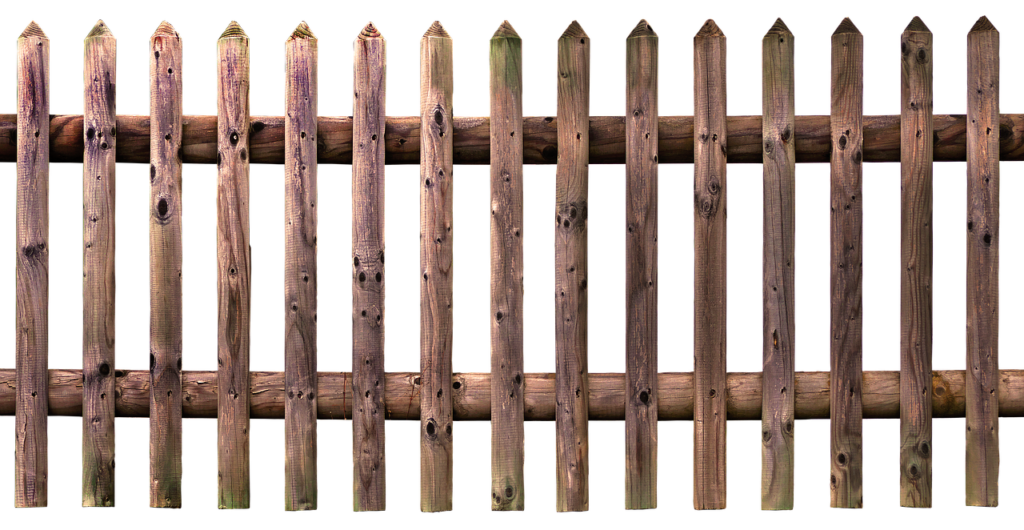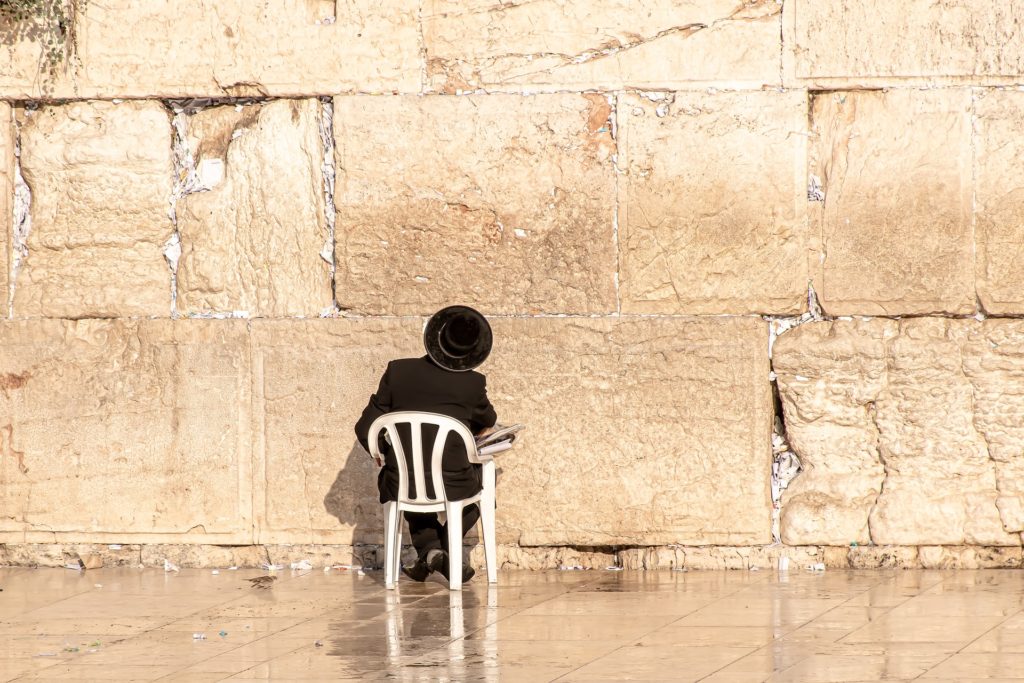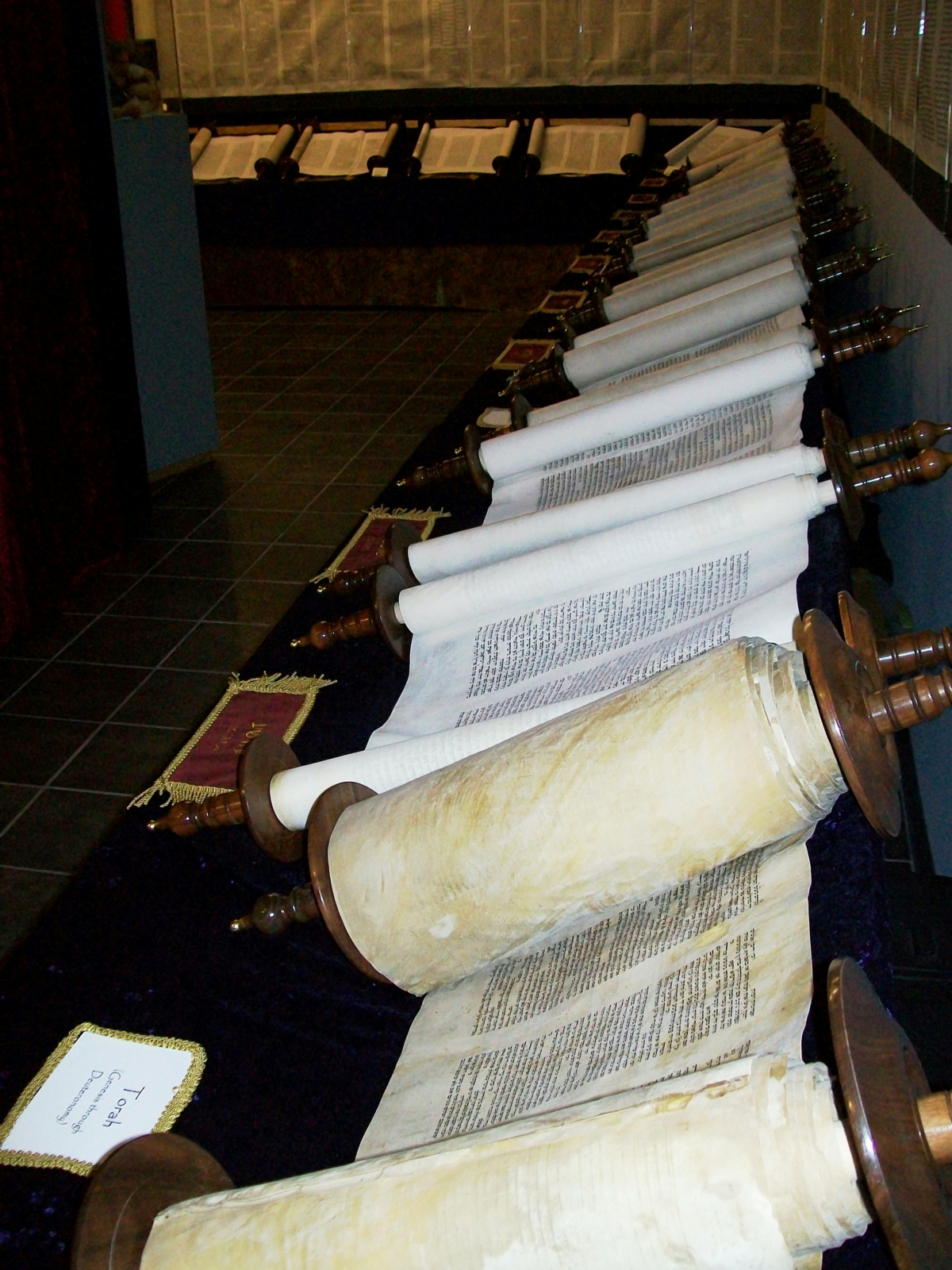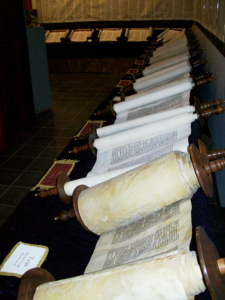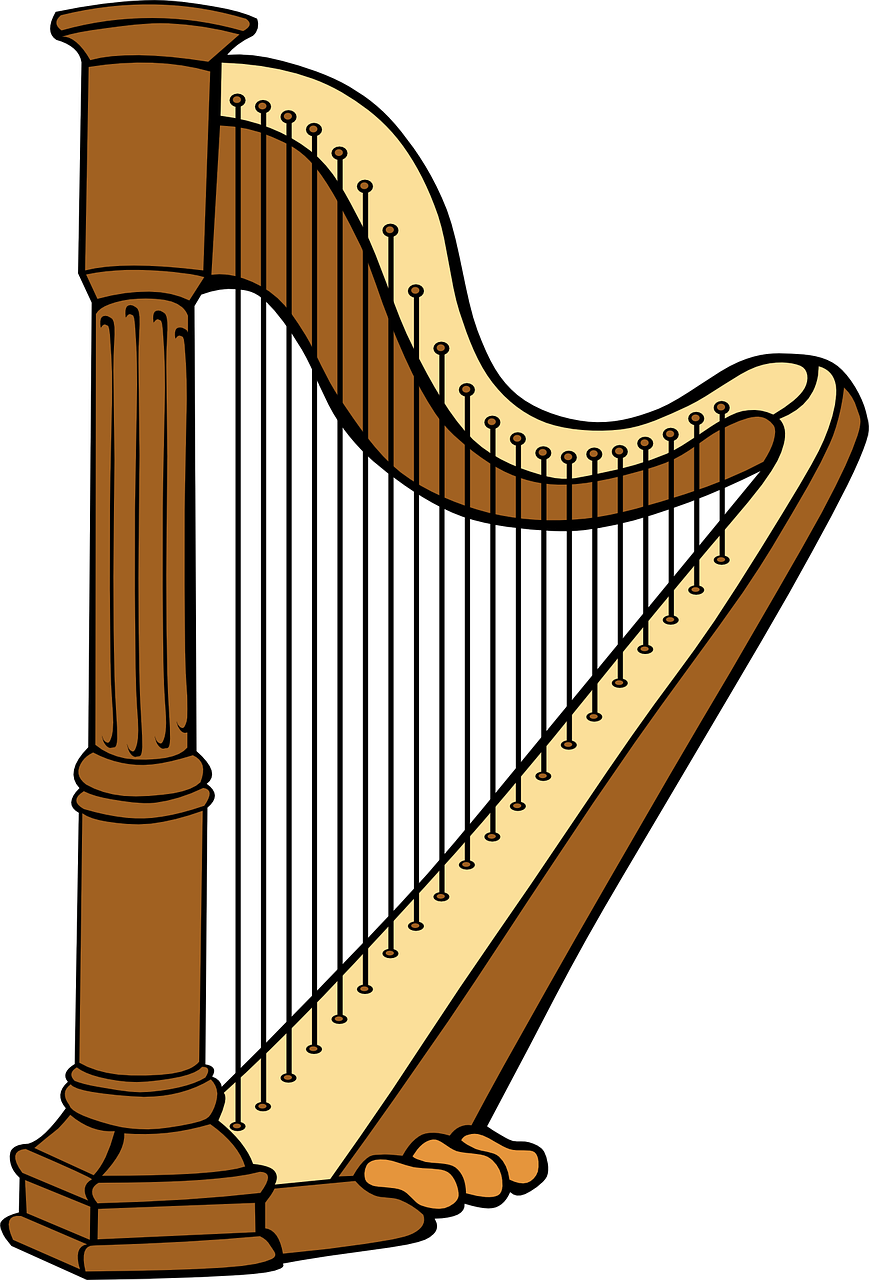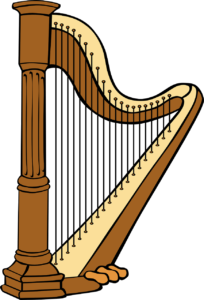
The Torah is the manifestation of God into the physical realms. The Torah descends like water from a high place to a low place and so the revelation of God in the physical world is an exact likeness of God as He exists in the higher worlds of spirituality and even above this (so to speak.)
The Alter Rebbe teaches us that when we perform Mitzvot and study Torah, we are able to literally grab a hold of God. The physical Mitzvot and the letters of Torah are not something separate from God – but rather they are completely attached to God in a complete unity.
When we study Torah, we attach ourselves to God. When we perform Mitzvot, we hug God as He allows us to within the physical realm. This is even higher than the levels of sublime joy we encounter in the higher realms, because there, we find only a glimmer of God’s light. Here, in this physical world, we can “touch” God (so to speak) as we embrace the Torah and the Mitzvot – just like a person would hug the king – even if he had many garments on. What an inspiring teaching that will help us to feel excited about the Torah we study and the Mitzvot that we perform!

